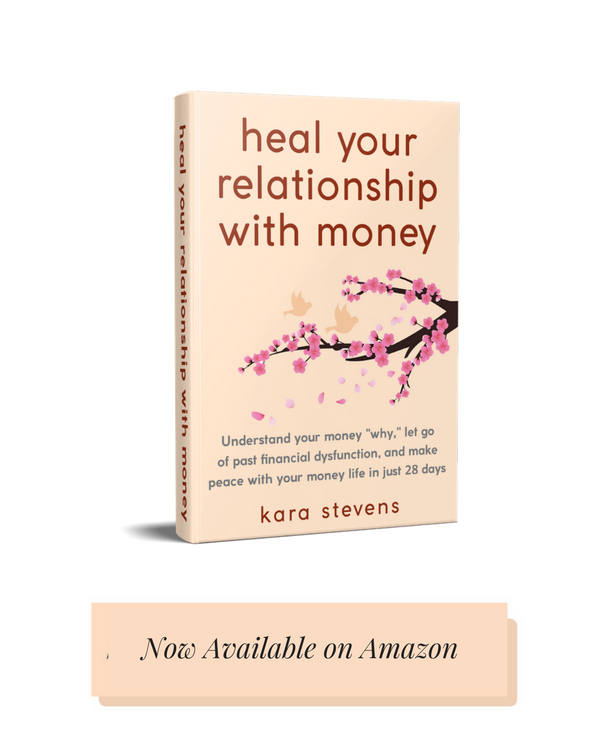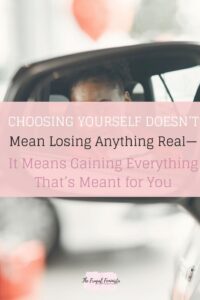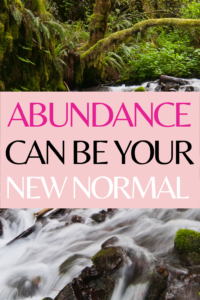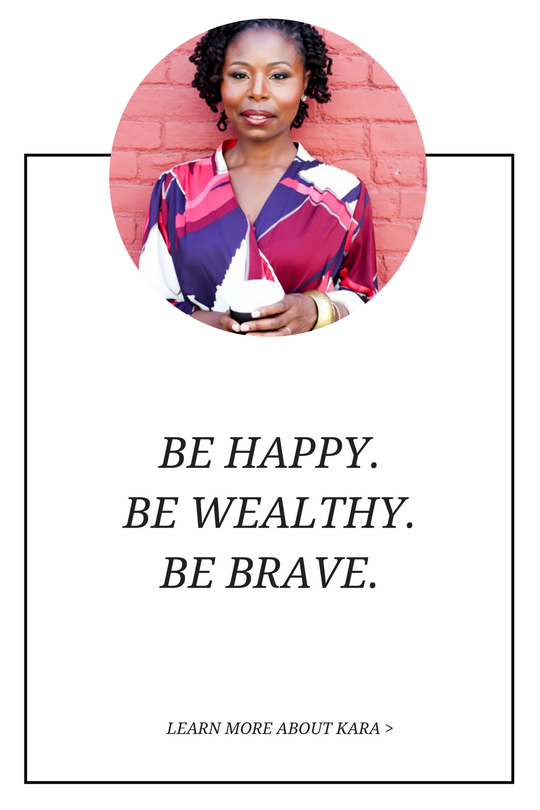I was taking stock of my life and realized that I didn’t have the quality of friendships I desired—I couldn’t be the friend that I wanted to be with the women around me and, in turn, I couldn’t receive the type of connection that I want. I wanted to be a different kind of friend, a more open and honest friend, rather than the friend that told you what you want to hear or the friend that seemed like she always had it together. I wanted messy and real friendships that pushed us both to be better versions of ourselves.
Like Oprah and Gayle.
Or the Issa-Molly kind from Insecure.
The Gina-Pam from Martin.
Or better yet, Janie and Pheoby from Zora’s Neale Hurston’s Their Eyes Were Watching God.
Admitting that I was “homieless” or “crewless” was especially a point of shame as a brown girl where it seems like every brown girl and their mama got the good genes for sisterhood.
But my desire for connection outweighed the pain of keeping this (open) secret of loneliness to myself. So, I did some research on making friends over 30 and came across VINA as an app that facilitated friendship in the digital age.
I was intrigued, so I signed up. That was a year ago and now I’m here. And here’s my review of the app.
The Pros
It’s free. Money isn’t a barrier to forming connections with VINA. This is a great selling point as it levels the playing field for women with various amounts of disposable income.
The concept is dope. It’s easier to admit that you are yearning for romantic relationship than admit that your friendships are few, if existent. VINA takes the taboo out of this very real social phenomenon of loneliness and social isolation and uses technology to address it.
It’s easy to use. It’s like Tinder for friendship. Swipe to the left if you’re not interested, swipe to the right if you are.
There’s a good mix of women. I thought I wouldn’t be able to connect with women of color on the app, but I was wrong. While brown girls don’t dominate in the VINA world, the profiles reflect an attempt at inclusivity.
The Cons
It’s free. This is not a typo. Sometimes when things are free, users don’t take it seriously and may be quick to abandon it. I’ve had my fair share of women that initiate contact, I’d reply, but won’t hear back from them for weeks, if at all. If a small fee were applied for the app, maybe the “serious-only” would apply.
The quizzes are corny. VINA created quizzes for users to take to add to their profile. I think the creators of the quiz were gunning for being trendy, rather than creating quizzes that allowed users deep insight into themselves as friends or for their soon-to-be friends to learn things about them.
It’s for the youngins. I believe the target audience for VINA are white, college-educated women in their twenties, and into conventionally “feminine” things like hair, nails, and lattes. There’s nothing wrong with this- but your chances of finding women outside this demographic are slim, though not impossible.
They keep your potential friendships a secret. Unlike a dating site like Match.com, where you can see all of your prospective matches or initiate conversation, VINA plays a major role as an intermediary. In order for you to see who wants to be your friend, you also have to want to be their friend. My biggest issue with this model is that sometimes you may overlook a profile and seeing a list of who “friended” you would help address the oversight.
It’s solely online. Outside of the initial automated message from Olivia, one of the founders, to begin communication, there’s no guidance on how to navigate a friendship online. For introverts, this may be a plus, because it’s online and low-risk. But the point of friendship is to connect…in person. I think many women found it difficult to make the leap from online to offline. Keeping communication online also increases the chances that you’ll lose momentum with the friendship. With busy lives, not establishing an in-person goal early in the communication process can reduce the changes it will ever occur.
The Verdict
After a year of swiping left and right, 570 women liked my profile; 170 were mutually matches; of those mutual matches, I went on at least 10 friendship “dates.” Out of these ten women, I made one true friend. So 1 out of 570.
Was it worth it? Absolutely. This process taught me that I didn’t need more friends. It taught me that I needed different friends and that I needed to be the best friend that I could be in order to create healthy and meaningful friendships I envisioned.










